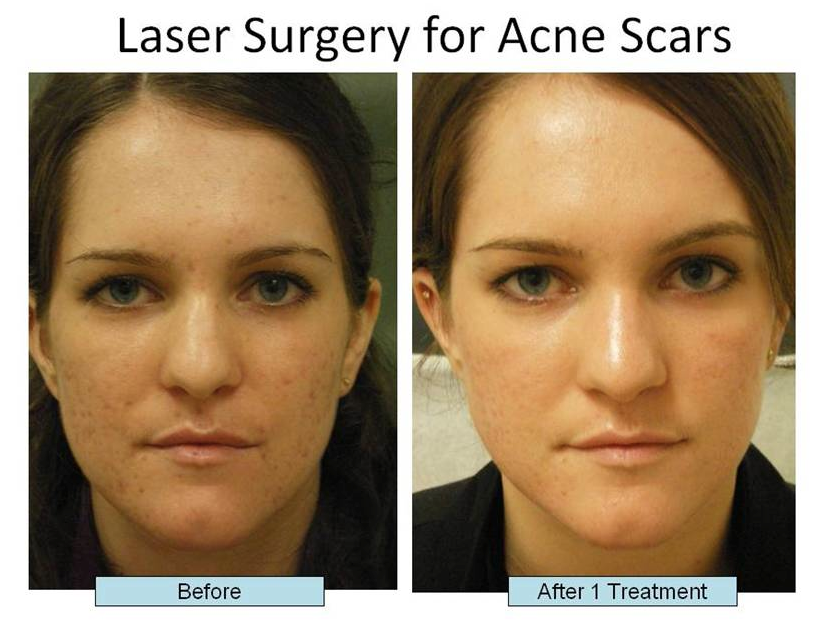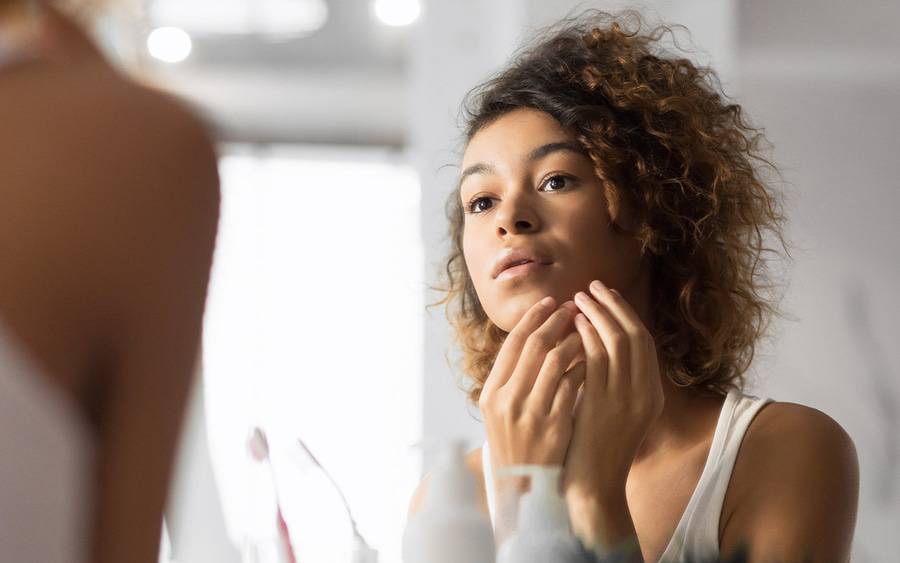Comprehensive Acne and Acne Scars Treatment: Recover Your Skin's All-natural Charm
Comprehensive Acne and Acne Scars Treatment: Recover Your Skin's All-natural Charm
Blog Article
Understanding the Numerous Skin Disease and Reliable Treatment Options for Acne Scars
Acne marks represent a complex interaction of skin problem that significantly effect people' self-confidence and overall skin health and wellness. Recognizing the distinctive kinds of acne marks-- atrophic and hypertrophic-- together with their underlying causes, is critical for figuring out efficient treatment techniques. Different healing choices exist, varying from innovative dermatological procedures to all-natural treatments. Nonetheless, the effectiveness of these therapies often rests on tailored analyses by qualified specialists. As we explore the landscape of acne mark management, it becomes apparent that the journey toward clearer skin may include even more than simply topical services.
Types of Acne Marks

On the other hand, hypertrophic scars arise from an overflow of collagen during the healing process, causing increased locations on the skin. These marks are typically firm and can vary in shade, sometimes appearing red or darker than the bordering skin.
Recognizing these sorts of acne scars is critical for establishing an effective treatment strategy - acne scars. Choices might consist of chemical peels, laser treatment, microneedling, or facial fillers, customized to the particular scar kind. A detailed assessment with a dermatologist can help establish one of the most appropriate intervention, taking into consideration the person's skin kind, scar severity, and general skin health and wellness
Causes of Acne Scarring
Marking happens as an outcome of the body's all-natural recovery reaction to swelling and injury created by acne sores. When acne types, it activates an inflammatory action, resulting in the launch of numerous cytokines and growth elements that promote recovery. This process can occasionally lead to too much tissue formation or insufficient repair service, resulting in scars.
The main reasons for acne scarring include the severity of the acne itself, duration of the sores, and individual skin kinds. Serious inflammatory acne, such as nodules and cysts, is most likely to cause scarring as a result of much deeper tissue damage. Furthermore, incorrect handling of acne lesions, such as pressing or picking, can intensify tissue injury and inflammation, increasing the likelihood of scarring.
Genetic tendency likewise plays a significant role; individuals with a household history of scarring go to a higher threat. Additionally, skin type and shade can influence scar development, as darker complexion might experience post-inflammatory hyperpigmentation, while lighter skin might establish atrophic scars.
Eventually, recognizing these causes is crucial in taking care of acne and mitigating the possibility for scarring.

Therapy Options for Scarring
Reliable treatment alternatives for acne scarring differ depending upon the type and intensity of the scars. Typically classified right into atrophic, hypertrophic, and keloid scars, these problems require customized strategies for optimum results.
For atrophic marks, which are defined by a loss of tissue, therapies such as chemical peels, microdermabrasion, and laser treatment are commonly used. These approaches advertise skin revival and index promote collagen manufacturing, therefore enhancing skin structure. Subcision, a minimally intrusive procedure, can likewise work by separating coarse bands below the skin.
Keloid and hypertrophic marks can be much more testing to deal with. Choices consist of corticosteroid injections to decrease swelling and flatten the marks. In many cases, cryotherapy or laser treatment may be suggested to lessen their appearance.
Surgical options are readily available for serious scarring, where excision or skin grafting may be essential. It's crucial for people to seek advice from a dermatologist to assess their specific mark kind and discuss one of the most suitable therapy plan. Integrating multiple therapies typically generates the best outcomes, making sure that each individual's one-of-a-kind skin problem is addressed successfully.
Natural Remedy and All-natural Solutions
All-natural options and natural remedy can provide an accessible technique for people seeking to enhance the appearance of acne marks (acne and acne scars treatment). Numerous components discovered in the home cooking area have actually shown possible benefits in improving skin texture and advertising healing

An additional effective choice is lemon juice, which works as an all-natural exfoliant and can lighten hyperpigmentation. Nevertheless, it ought to be made use of meticulously, as it might create photosensitivity. Oat meal masks are additionally useful; their gentle exfoliation can aid eliminate dead skin cells while relaxing irritation.
Necessary oils, such as tea tree oil and lavender oil, can additionally sustain scar recovery as a result of their antimicrobial residential or commercial properties. It is important to carry out a patch examination prior to applying any type of remedy to make certain there are no damaging reactions. These natural solutions can be a corresponding approach in the trip to reduce acne marks.
Protecting Against Future Scarring
Embracing a positive approach to skin care can considerably minimize the danger of establishing future acne marks. Regular cleansing, peeling, and hydration can assist keep you can try these out skin health and stop clogged pores.
Furthermore, staying clear of the temptation to pick or press acne lesions is critical, as this can result in swelling and subsequent scarring. Instead, individuals need to concentrate on using topical therapies that promote recovery and lower inflammation. Active ingredients such as salicylic acid, check benzoyl peroxide, and retinoids are understood for their efficacy in handling acne and reducing scars.
Sun protection is another essential component; direct exposure to UV rays can darken marks and restrain healing. Making use of a broad-spectrum sunscreen daily can minimize these effects.
Finally, keeping a healthy and balanced diet regimen abundant in antioxidants and staying moisturized supports skin regrowth. By implementing these precautionary procedures, people can substantially lower their threat of future scarring and advertise general skin health.
Final Thought
In verdict, a thorough understanding of acne marks, including both atrophic and hypertrophic types, is vital for reliable treatment techniques. Examination with a dermatologist continues to be critical to create customized approaches that think about individual skin kinds and mark severity, inevitably improving the efficacy of mark management strategies.
Acne marks stand for an intricate interplay of skin problems that considerably effect people' self-worth and overall skin health. The two main groups of acne marks are hypertrophic and atrophic scars. These marks are more identified right into three subtypes: ice pick scars, which are deep and slim; boxcar scars, which are wider and have distinct sides; and rolling marks, which create a wave-like appearance due to irregular skin appearance.
A detailed assessment with a skin specialist can aid identify the most ideal intervention, taking into account the individual's skin kind, mark seriousness, and overall skin wellness.
Examination with a skin specialist stays vital to develop individualized techniques that think about individual skin kinds and scar intensity, ultimately boosting the effectiveness of scar monitoring methods.
Report this page